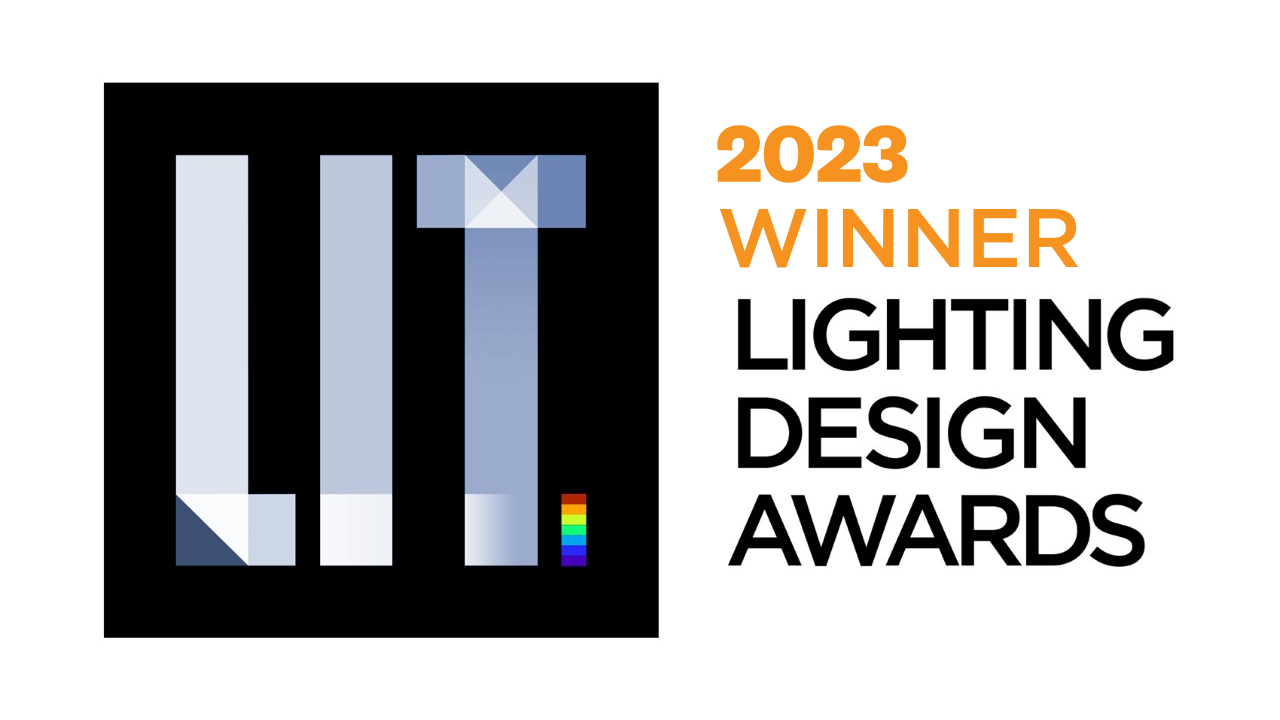Prize(s) Winners in Hospitality Lighting Design
Lighting Design/Product Company Fisher Marantz Stone, Inc.
Lead Designers Hank Forrest
Other Designer's names Paula Martinez-Nobles, Katheryn Czub
Client Marriott International
Photo Credits Tooten Photographer (courtesy Michael Graves Architecture & Design)
Other Credits Michael Graves Architecture & Design
Completion Date 2021
Project Location Cairo, Egypt
Entry DescriptionAt the heart of Cairo's bustling metropolis, the St Regis Cairo, a 39-story mixed-use development, rises from the Corniche along the banks of the Nile with a tower-podium design that maximizes river views while maintaining a reserved nighttime presence. Graceful geometric lines throughout the interior repeat motifs that draw on Cairo's historical past while confidently striding into the twenty-first century.
Contemporary elegance and flexibility are key and can be experienced throughout. Upon entering the Hotel Lobby, guests are met with an intricately designed interior, including a detailed ceiling enhanced by perimeter uplighting and anchored by an opulent, custom, 250,000-piece crystal chandelier. Localized lamps and simplified overhead lighting provide intimacy at furniture groupings and private seating areas. In the grand ballroom, a subtle uplight enhances the textured wood ceiling, crystal chandeliers adorn the room, and small downlights provide intimacy. Lavish decorative chandeliers decorate the multiple dining options. At the world-class spa, a glowing vaulted ceiling illuminates the swimming pool, while decorative sconces and table lamps provide an intimate atmosphere. In the Library, integrated lighting within detailed millwork creates a soft glowing atmosphere while a traditional shaded chandelier anchors the space, with localized lamps at informal seating groups.
Sustainability ApproachThe St Regis Cairo|The Nile Corniche was originally designed with traditional non-LED sources, with an anticipated energy usage of 3W/square foot; however, during the course of construction, the lighting industry landscape shifted significantly from conventional sources to LED options, causing many specified fixtures to become obsolete and no longer available. The project team realized this opportunity to reassess the energy consumption strategy and integrate a more sustainable approach by using high-efficacy LED fixtures. This strategic pivot resulted in an astounding 50% reduction in energy consumption, allowing the project to showcase the transformative impact of sustainable choices.


